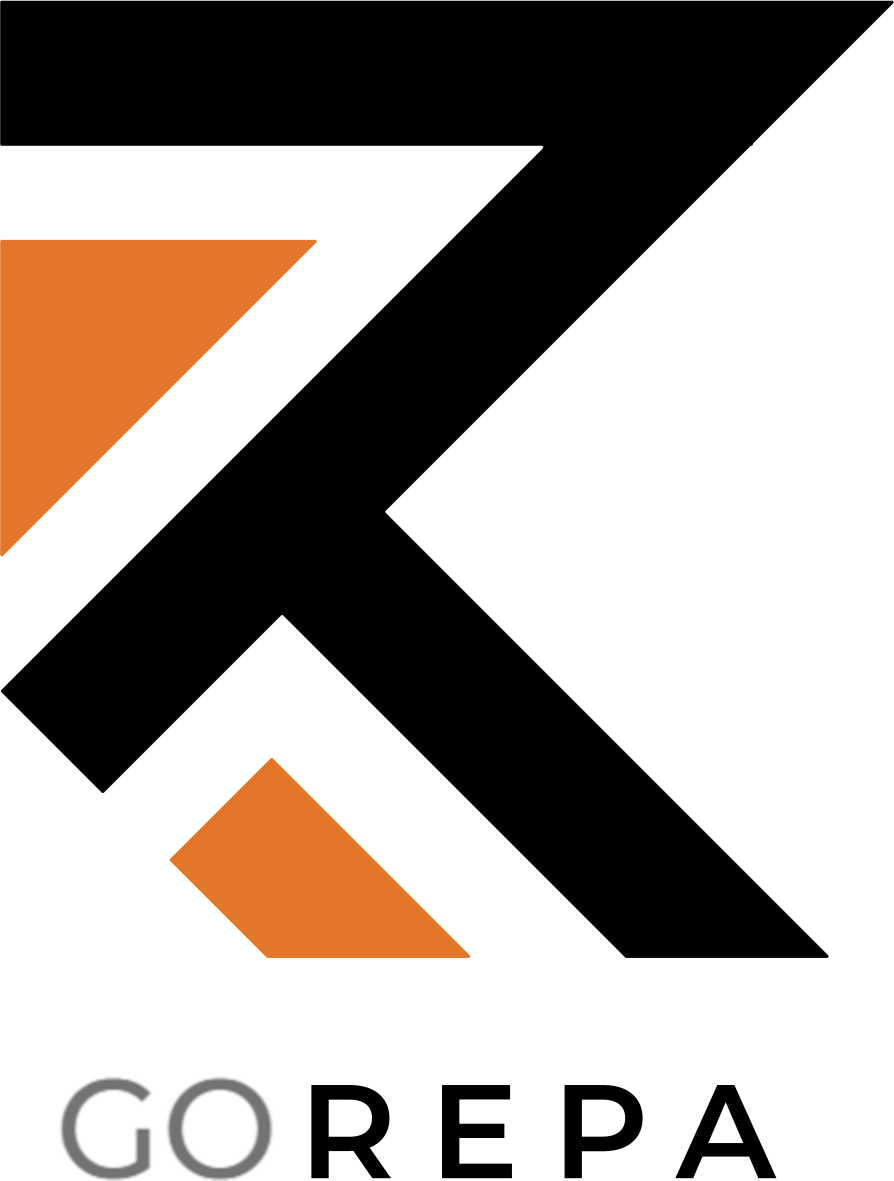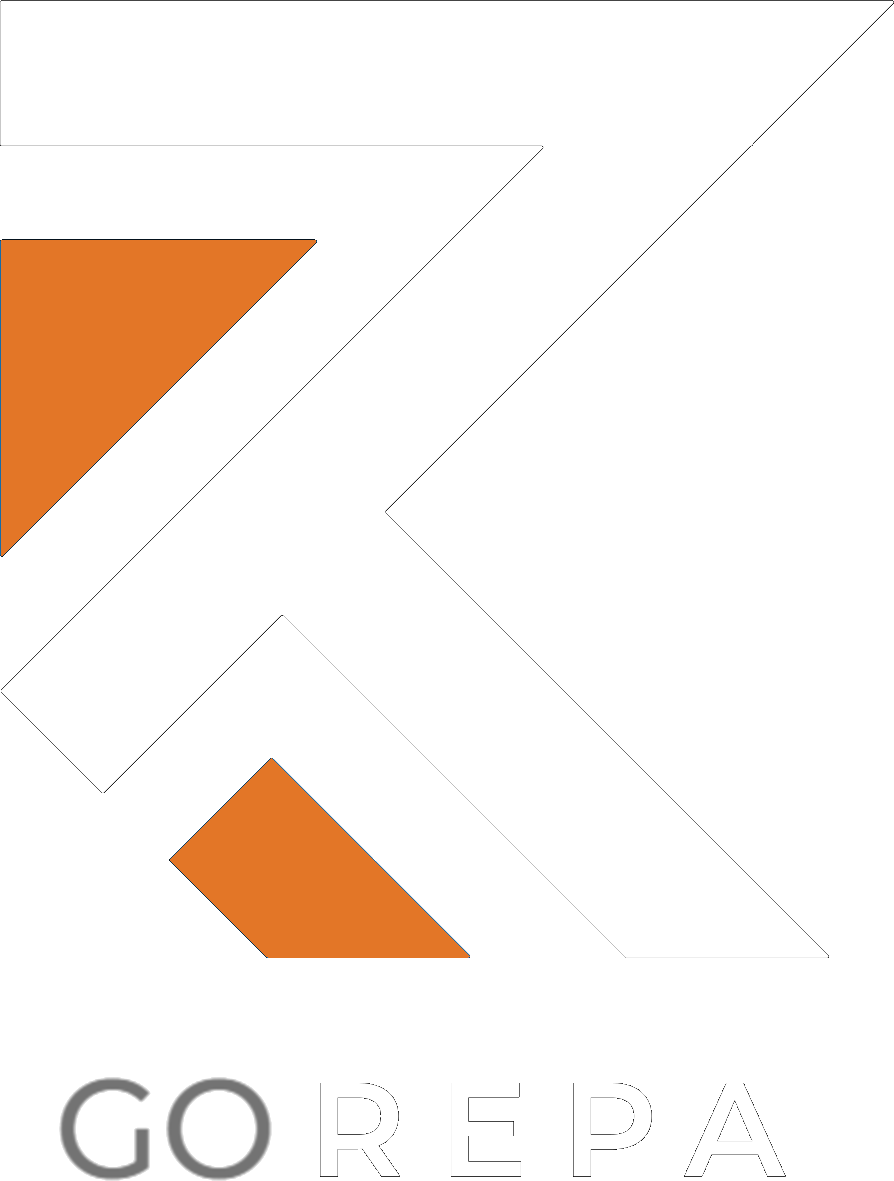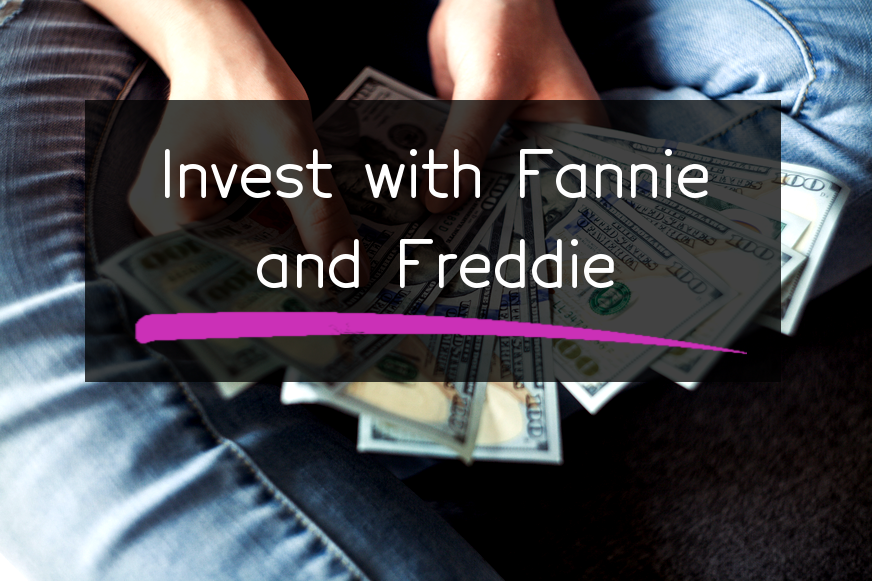I can explain what Fannie Mae and Freddie Mac loans are.
Fannie Mae and Freddie Mac are government-sponsored entities that work to provide stability and affordability in the housing market. They help banks and other financial institutions to provide loans to qualified homebuyers by purchasing mortgages from lenders. This allows the lenders to replenish their funds and provide more loans to new borrowers.
Investors can use Fannie Mae or Freddie Mac loans to invest in real estate by purchasing an investment property such as a rental property or a vacation home. These loans typically require a higher down payment and may come with higher interest rates compared to traditional home loans. Nevertheless, they can be a good option for investors who are looking to finance their investment properties without using their own capital.
Investors can also use these loans for a cash-out refinance where they refinance an existing property and use the equity to finance other investment opportunities.
It is important to note that Fannie Mae and Freddie Mac have strict eligibility requirements and lending guidelines that must be met before a loan can be approved. It is always best to consult with a qualified mortgage lender before investing in real estate using these loans.
Overview of Fannie Mae's new HomeReady Loan Program
Fannie Mae's HomeReady Loan Program is a mortgage program designed for low to moderate income borrowers, particularly those who may have struggled to qualify for traditional mortgages in the past. The program offers flexible credit requirements, low-down-payment options, reduced mortgage insurance rates, and lower interest rates than traditional mortgages.
One of the key features of the HomeReady Loan Program is that it allows borrowers to use income from non-traditional sources, such as rental income, boarder income, or income from a roommate, to qualify for a mortgage. This can be particularly helpful for borrowers who work in non-traditional jobs or have uneven income streams.
Another important aspect of the HomeReady Loan Program is the reduced mortgage insurance rates. Borrowers with a down-payment of less than 20% typically have to pay for mortgage insurance, which can add significantly to their monthly payments. However, the HomeReady Loan Program offers lower mortgage insurance rates than traditional mortgages, making it more affordable for low-to-moderate income borrowers.
Finally, the HomeReady Loan Program also offers resources and education to help borrowers become successful homeowners. This includes online tools to help them understand the home-buying process and access to financial counseling to help them manage their finances and prepare for homeownership.
Freddie Mac's Home Possible Loan Program
Freddie Mac's Home Possible Loan Program is a home mortgage program designed to help low- and moderate-income borrowers become homeowners. The program offers a flexible set of requirements, including low down payments, flexible income sources, and easier qualification criteria.
The program is designed to help borrowers with minimal cash on hand, as they can make down payments of as little as 3%. Additionally, the program allows for more flexible income sources, such as rental income and boarder income, to be considered when qualifying for the loan.
Home Possible loans are issued through approved lenders and are available for both new and existing homes. Borrowers may also be able to benefit from lower interest rates and reduced mortgage insurance premiums.
Overall, the Home Possible program is intended to help borrowers who may not have the financial resources for a traditional mortgage become homeowners while also increasing homeownership opportunities in underserved communities.
How to use Fannie Mae & Freddie Mac loans for rental properties
Fannie Mae and Freddie Mac are two government-sponsored entities that provide loans for homebuyers looking to purchase a rental property. To use their loans for rental properties, follow the following steps:
- 1Research eligibility requirements: Before applying for a Fannie Mae or Freddie Mac loan, research their eligibility requirements to ensure you qualify. For example, Fannie Mae requires a minimum credit score of 620, while Freddie Mac requires a minimum score of 660.
- 2Find a lender: Next, find a lender that offers Fannie Mae or Freddie Mac loans. You can use online resources or work with a local mortgage broker to find a lender.
- 3Determine loan amount and down payment: Once you've found a lender, determine the loan amount you'll need for your rental property. Fannie Mae and Freddie Mac offer loan limits up to $548,250 as of 2021. Additionally, you'll need to determine your down payment. Typically, you'll need a minimum of 20% down payment for rental properties.
- 4Apply for the loan: Once you've determined your loan amount and down payment, apply for the Fannie Mae or Freddie Mac loan through your chosen lender. You'll need to provide financial documentation, such as tax returns and pay stubs, to support your application.
- 5Complete the underwriting process: After applying, your lender will review your application and financial documentation as part of the underwriting process. This process typically takes several weeks.
- 6Close on the loan: Once your loan is approved, you'll need to close on the loan. This involves signing the necessary paperwork and paying the closing costs, which typically range from 2-5% of the loan amount.
By following these steps, you can use Fannie Mae and Freddie Mac loans to purchase a rental property. Remember to always work with a reputable lender and carefully review the loan terms before signing.
Comparing Fannie & Freddie loan terms to landlord loans
Fannie Mae and Freddie Mac loans are commonly known as conforming loans, which means that they conform to specific guidelines set by these two government-sponsored enterprises. These guidelines determine the loan terms, such as the interest rate, down payment, and credit score required. Fannie Mae and Freddie Mac loans are often more attractive to borrowers because they offer lower interest rates and more flexible payment options.
On the other hand, landlord loans, also known as investment property loans, are designed for individuals who want to purchase a property with the intent of renting it out. Landlord loans typically require a higher down payment, have slightly higher interest rates, and stricter credit score requirements than Fannie and Freddie loans. Additionally, landlord loans often have shorter loan terms and higher fees associated with them.
Overall, Fannie Mae and Freddie Mac loans are more accessible to a broader range of borrowers and typically offer more favorable loan terms than landlord loans. However, if the borrower's objective is to invest in rental property, a landlord loan may be the more suitable option.
Conventional investment property loans vs. homeowner loans.
Conventional investment property loans and homeowner loans differ in that investment property loans are specifically designed for the purchase or refinancing of a property with the intent of generating rental income or realizing profits from a sale, while homeowner loans are intended for owner-occupied properties.
Conventional investment property loans often require higher down payments and have stricter lending requirements, such as higher credit scores and lower debt-to-income ratios. They may also have higher interest rates and less favorable terms than homeowner loans.
Homeowner loans, on the other hand, are generally easier to qualify for and offer more favorable terms, such as lower interest rates and longer repayment periods. They are designed for individuals who plan to live in the property as their primary residence.
In short, conventional investment property loans are for investors looking to make a profit from their property, while homeowner loans are for individuals looking for a place to call home.
Just one more thing: if you liked the article, please like us on social media and share this article with friends.



